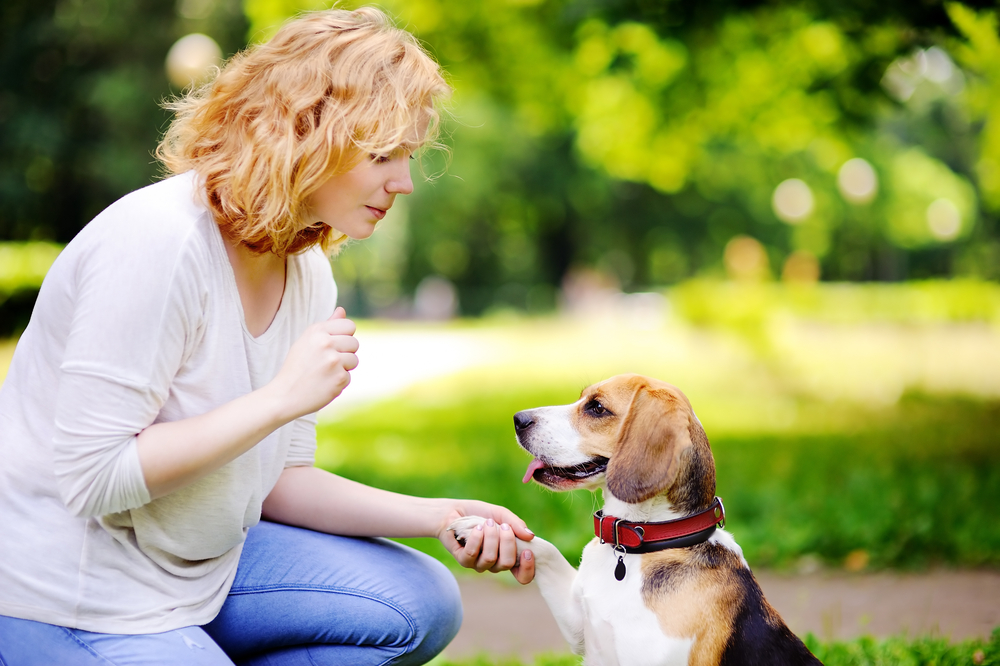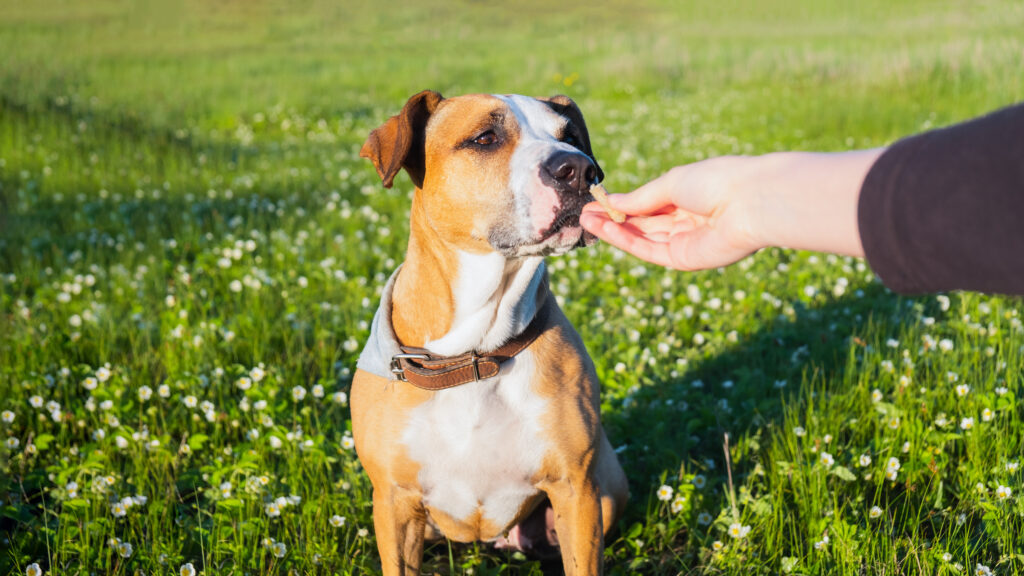
How to Train a Reactive Dog: Tips for Health-Conscious Owners
Share
Being a health-conscious pet owner comes with the responsibility of ensuring your furry friend is mentally and physically fit. One critical aspect many dog owners face is learning how to train a reactive dog. Isn't it just heartbreaking when your otherwise adorable pup transforms into a barking, lunging spectacle on walks? Let's explore strategies to address this common issue.
Have you ever found yourself hesitating to go on walks because of your dog's unpredictable behavior? Reactive dogs are more than just a 'barking problem.' It's a response to stimuliperhaps another dog, a loud noise, or even a strangerthat can make outings a real challenge.

Understanding Reactivity in Dogs
Before jumping into how to train a reactive dog, its crucial to understand what reactivity involves. Typically, it's a heightened response to a certain trigger, often involving aggressive-sounding behavior or excessive fear. The root can vary from lack of proper socialization to trauma.
Identifying the Triggers
Every dog has unique reactions. Some react to other dogs, while others may bark at bicycles or sudden noises. Figuring out what makes your dog tick is the first step in managing reactivity. Could it be the result of poor socialization during their puppyhood? Or maybe it's a breed-specific trait? Knowing this will help tailor your training approach.
Maintain a Healthy Routine
A well-rounded routine can vastly benefit a reactive dog. Frequent exercise, a balanced diet, and mental stimulation are pivotal. Just like humans, dogs need a consistent routine to reduce stress.
Techniques to Train Your Reactive Dog
Armed with the knowledge of triggers, its now time to dive into actionable steps. These strategies will not only help in reducing reactivity but also strengthen your bond with your pet.
Desensitization and Counter-Conditioning
Start training in a controlled environment, maintaining a safe distance from the trigger. Gradually decrease this distance over time, rewarding your dog for calm behavior. Learn more about training techniques.
Positive Reinforcement
Throughout the training, focusing on positive reinforcement is essential. Praise, treats, or toys can be powerful motivators. Reward your pup for calm behavior or reacting positively to stimuli.
Seek Professional Help
If the above strategies feel overwhelming, or if there's little improvement, don't hesitate to consult a professional dog trainer. They can offer specialized training sessions and insights.
For more guidance on handling challenging canine behavior, consider checking out this reactive dog training article on Petzooli.
Creating a Peaceful Environment
A peaceful home is crucial when living with a reactive dog. Minimizing stressors, maintaining calm energy, and utilizing aromatherapy (such as essential oils) can reduce overall anxiety.
Importance of Regular Veterinarian Check-ups
Regular visits to the vet to rule out pain or health issues that may contribute to reactivity are essential. Health-conscious owners should ensure their dogs health is in check.
Managing a reactive dog can certainly be a daunting task. With the right understanding, patience, and techniques, you can transform walks from a stressful ordeal to a pleasant experience for both you and your dog. Turn these challenging moments into teaching opportunities, and remember, patience is key. Every small victory counts.

Frequently Asked Questions
How long does it take to train a reactive dog?
The duration varies. Consistent training and patience can show signs of improvement in a few weeks to a few months, depending on the severity.
Can diet affect my dog's reactivity?
Indeed, a poor diet can exacerbate anxiety and excitability. A balanced diet can minimize these factors.
Should I consider medication for my reactive dog?
In extreme cases, medication can be beneficial, but only under a vet's guidance. It should be paired with behavioral training.
This article contains affiliate links. We may earn a commission at no extra cost to you.
